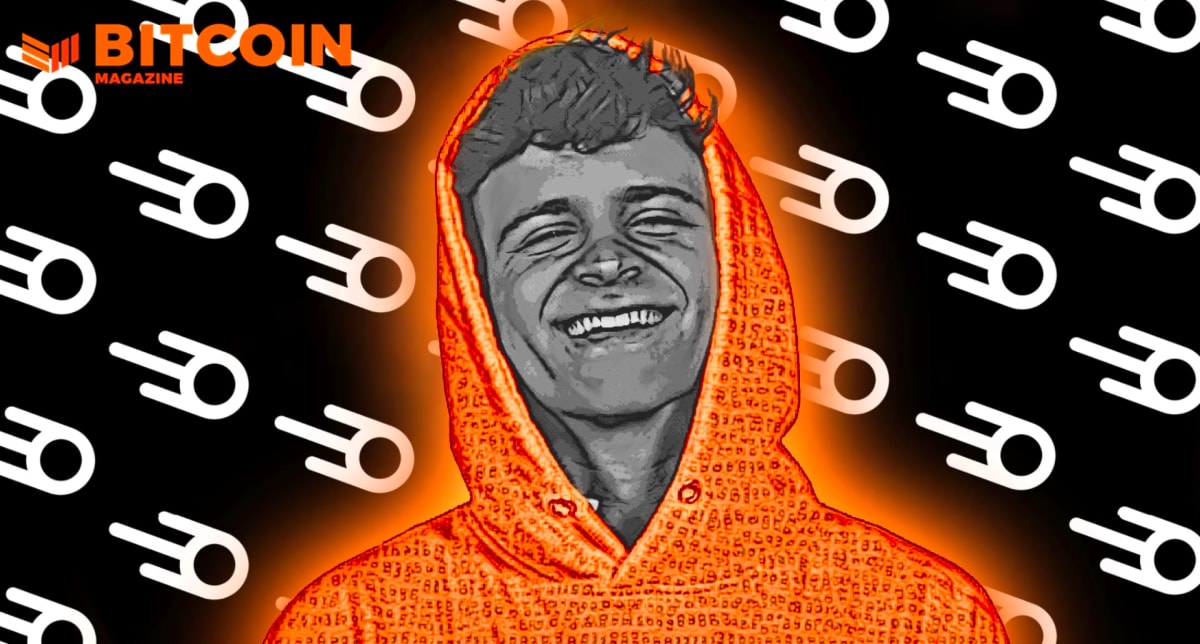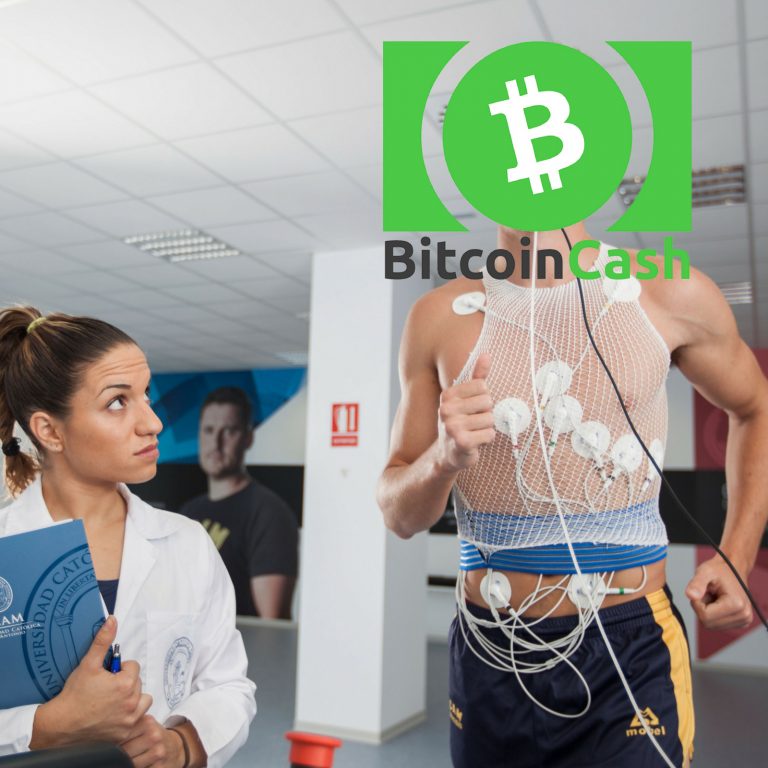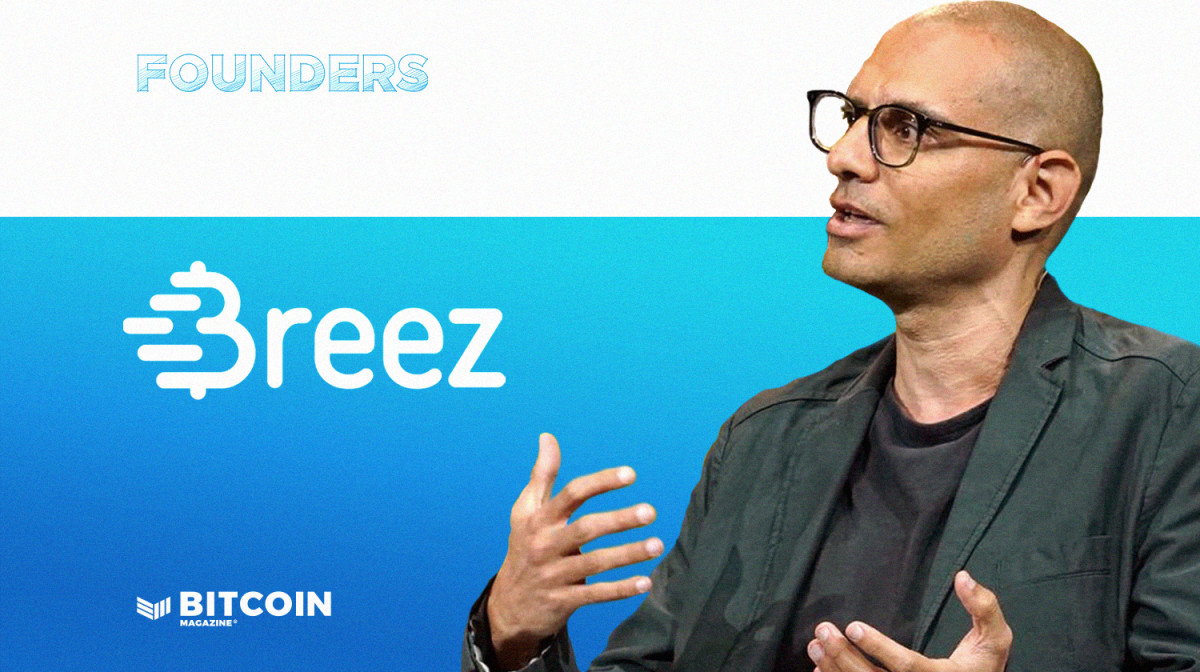
2022-1-14 03:00 |
The company started in 2019 is well on its way to revolutionizing the payments and remittances world through Bitcoin.
I first heard of Jack Mallers in January 2020 and when I heard what he was doing with Strike, I immediately posted the message below on Facebook:
I proceeded to watch everything I could find on him and his company.
Jack Mallers is a very intelligent 27-year-old with a hoodie who operates out of a women's clothing closet wearing Crocs, and he is proud of it! How do I know this? Because he has said so live on CNBC. Bitcoiners love his down-to-earth demeanor, and his deep love, enthusiasm and devotion to Bitcoin. His contributions to the Bitcoin movement will forever echo in Bitcoin lore.
The Lightning Network startup company, Zap Inc., was founded by Jack Mallers in 2019, which incorporates Mallers’ mobile payment app, Strike.
Strike is a mobile payment app like Cash App except for the fact that the Strike app operates on the Lightning Network. Legacy mobile payment apps, like Cash App, operate in their own closed network. Strike operates on an open payment network, Lightning. I will go into the importance of open payment networks later on in the article.
A very important note about why Strike can send payments so seamlessly using bitcoin is because bitcoin is a bearer asset that has liquidity 24/7. In essence, Strike is debiting and crediting Strike accounts using bitcoin as the transmission vehicle over the Lightning Network.
I could end the article right here but read on for a more detailed explanation of Strike, including analogies that I like to use to help people better understand Strike, the Lightning Network and open networks.
Here is Jack Mallers’ explanation of how Strike works on one of the latest Saifedean Ammous podcasts:
There are three legs in how Strike sends money over the Lightning Network:
U.S. dollars are debited from your Strike account and there is a bitcoin-to-USD conversion where bitcoin is purchasing U.S. dollars. A bitcoin-to-bitcoin payment is then made using the Lightning Network to escrow and achieve cash finality of a bearer instrument.A bitcoin-to-euro conversion then takes place where Strike is selling bitcoin for Euros. Jack smilingly states that there is no dollar-to-Eeuro rate that Strike is using. Strike is actually just using "bitcoin/dollar" and "bitcoin/euro'' to accomplish the U.S. dollar-to-euro conversion.Simply put, U.S. dollars (fiat currencies) magically turn into bitcoin and bitcoin magically turns into any fiat currency you want on the other end.
As science fiction writer Arthur C. Clarke says, “Any sufficiently advanced technology is indistinguishable from magic.”
My "down on the farm" explanation of Strike to a normie would be: Strike magically sends money over the Lightning Network using a magical bitcoin vehicle.
Strike leverages the Lightning Network which solves the two payment problems of the first layer, Bitcoin.
The Lightning Network solves the variable time problem of BitcoinThe Lightning Network solves the variable cost problem of Bitcoin.Mallers’ vision on how Strike would work relative to the two payment problems came from epiphanies he had while on vacation in Paris. He realized that these two variables are the same two variables that Visa fixes. His second epiphany was being able to use bitcoin as a vehicle for transporting value across the world.
Mallers’ epiphanies necessitated him having a digitally native, bearer asset that lived outside of the control of any central party, company or government. Bitcoin meets these first principle monetary design requirements.
Strike is doing what Google, Amazon and Facebook did on the open network we know as the internet, aka Transmission Control Protocol/Internet Protocol (TCIP). The internet is an open communication network upon which the best companies with the best user experience compete against any rivals. Open networks allow for true, free market competition. Strike plugged into the open monetary network, Bitcoin, via Bitcoin's open Layer 2 network, the Lighting Network, to send money across the world for free. For free, you ask?!? Yes, for free. So how does Strike make money without charging fees? Strike does not have to charge any fees partly because Mallers does not charge his counterpartners for transactions, and this is possible because of the millions of dollars that his company transacts in. So how does Strike make money? Like all great businessmen Mallers can't disclose his secret sauce, but one way that his company makes money is through his Strike debit card partnership with Visa, where he collects all the interchange money. His company also charges merchant fees as a source of revenue.
By cutting his fees to zero, Mallers essentially forces any competitors to start at zero as well. It is now up to any competitor to try to outcompete Strike and its great user experience. We are about to have a modern-day competition like we had on the open communication network of the internet between MySpace and Facebook. Some of his many "MySpace-like" competitors are Western Union, Visa and MasterCard. These competitors use their own closed networks and payment rails — which are not as efficient as the open payment network, Lightning. Strike can operate with very minimal overhead costs because of its leveraging of the open Lightning Network. Visa, MasterCard and Western Union operate with huge overhead costs and there is little to no room for cutting their costs because they would not earn any money.
Strike's use of the the Lightning Network, allows his company to be interoperable with any other company that decides to use the Lightning Network. This is such a powerful concept because the company becomes better any time that a new company plugs their company into the Lightning Network. This is because the services offered by other Lightning Network-based companies can integrate with Strike's service, without having to sign any agent agreements or perform due diligence on these companies that interoperably work with Strike.
The Lightning Network is reminiscent of the Linux operating system, which was also an open-source (OS) system. Prior to Linux, Microsoft had a monopoly on their closed-source operating system and people who wanted to use their software were at the mercy of Microsoft and how much they charged for their products and services. The open-source Linux operating system allowed there to be competition with the closed-source operating system of Microsoft. Companies that were once limited to only using Microsoft's OS now could use the Linux OS as leverage to negotiate the price of Microsoft's products and services down. The open-source code of Linux allowed companies that were once beholden to the whims of Microsoft to be able to unplug themselves from the closed operating system and use a cheaper, open-source, Linux-based operating system.
The most important thing that Strike accomplishes is instant, free payments between parties. Prior to this, people in poor countries like El Salvador had to walk miles to a Western Union to send and receive their local fiat currencies. Along the way, El Salvadorians hoping to send money are harassed by gangs who demand 25% cuts from whatever money they have to send. Western Union then gets their approximate 5% or more remittance fee from the El Salvadorian. So if the El Salvadorian started off with $100, they lost $25 to the gangs and $5 to Western Union and now only have $70 to send to their family. The average minimum wage of an El Salvadorian is about $242 per month so you can see how important it is for minimum wage workers in El Salvador to be able to send $100, in totality, through Strike for free. This is why Strike and the Lightning Network are such a huge deal!
When I first heard of what Jack Mallers’ company was doing, I immediately called a veteran banker friend of mine with over 20 years of experience, and told him that Strike was going to take over the banks and payment systems. He proceeded to tell me that the banks were already using Venmo and Zelle for similar purposes. Little did he know that unlike Zelle and Venmo, which could be analogous to Microsoft's closed-source system, Strike is integrated into a "Linux-like open-source operating system," the Lightning Network. I personally believe that Strike will replace many payment networks. In my opinion, Strike will be to payment networks as Amazon was to retail stores. Grab your popcorn and watch the game theory of Bitcoin continue to play out. As Jack would say, "Pawn to E4, your move world payment systems.”
This is a guest post by Jeremy Garcia. Opinions expressed are entirely their own and do not necessarily reflect those of BTC Inc or Bitcoin Magazine.
origin »Bitcoin (BTC) на Currencies.ru
|
|































